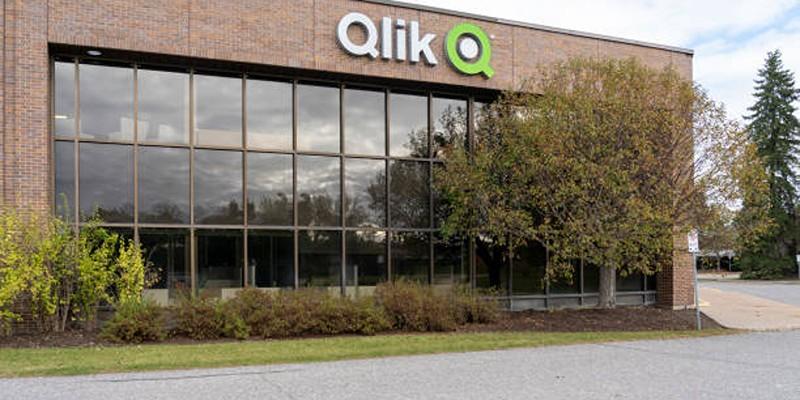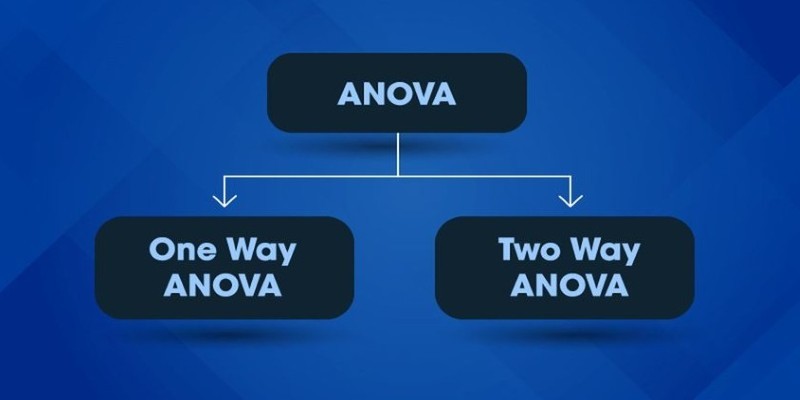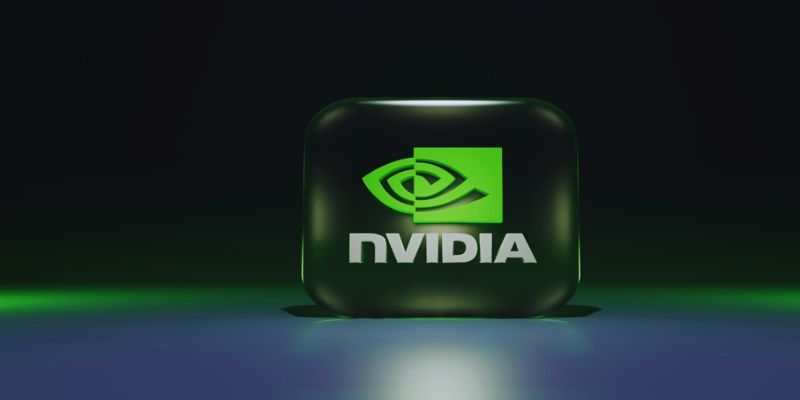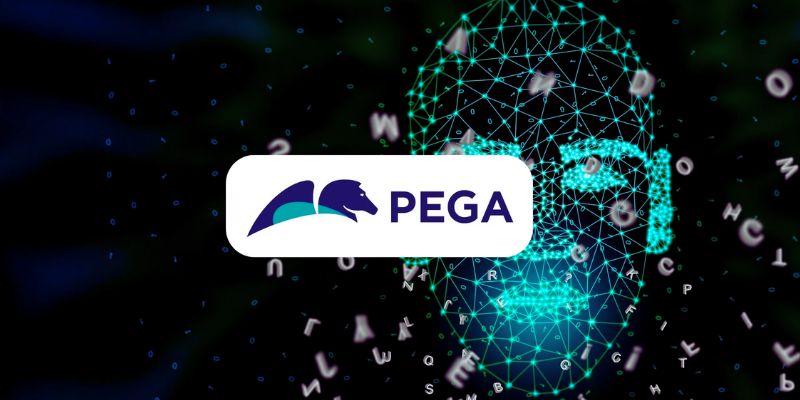Artificial Intelligence (AI) and Machine Learning (ML) are changing how businesses make decisions. But with these powerful tools, many users worry about how these systems make their choices. Qlik, a major player in data analytics, understands these concerns. That is why their AutoML (Automated Machine Learning) platform now focuses on trust, visibility, and simplicity.
What Is Qlik AutoML?
 Using Qlik AutoML users can develop machine learning models although they lack expertise in coding or data science. The solution simplifies processes of building training and model testing for complex tasks. Using Qlik AutoML businesses generate predictions about customer conduct while simultaneously monitoring possible dangers so they can create improved organizational decisions.
Using Qlik AutoML users can develop machine learning models although they lack expertise in coding or data science. The solution simplifies processes of building training and model testing for complex tasks. Using Qlik AutoML businesses generate predictions about customer conduct while simultaneously monitoring possible dangers so they can create improved organizational decisions.
The version of Qlik AutoML previously provided assistance to multiple enterprises. Numerous user requests came to the company asking for better visibility into the system. Users wanted to check how models operate and understand the obtained outcomes better.
The recent system enhancement provides new functionality.
Why Trust Matters in AutoML
In machine learning, trust is everything. If users do not trust the system, they will not use it for important decisions. Without clear explanations, people can feel confused or even suspicious. They might worry that a machine made a mistake they cannot see.
Qlik knows that businesses need to see the full picture. They must understand why a model makes a specific prediction. This builds confidence and makes people more willing to use machine learning every day.
Key Improvements in the Qlik AutoML Update
The latest Qlik AutoML update focuses on three major areas: visibility, simplicity, and control. Let’s break down each improvement.
Visibility: See How the Model Works
One of the biggest changes is better visibility. In earlier versions, users got results but could not easily understand how the model made them. Now, Qlik AutoML shows much more information.
Feature Importance
With the update, users can see which data features affect the model's predictions the most. For example, if you predict customer churn, the system will tell you if "last purchase date" or "customer satisfaction score" is more important. This helps users know where to focus their efforts.
Model Explainability
Qlik added powerful new tools to explain the results of machine learning models. Users can view explanations for individual predictions. If a model predicts that a customer will leave, the system shows exactly why it thinks so. This makes it easier to take action based on the prediction.
Simplicity: Make It Easy for Everyone
Building machine learning models used to be something only experts could do. Qlik AutoML changes that. The update makes it even simpler for business users to create models without writing a single line of code.
Guided Experience
Qlik now offers a step-by-step guide inside AutoML. It asks users simple questions like "What do you want to predict?" and "Which data do you have?" Based on these answers, it automatically sets up the machine learning process. This removes the guesswork and helps users stay focused.
Smarter Defaults
Another important improvement is smarter defaults. Qlik AutoML now chooses the best settings automatically. Users no longer need to worry about choosing the right algorithm or tuning the model by themselves. This means faster results and fewer mistakes.
Control: Let Users Fine-Tune Models
Even though Qlik makes things simple, they also give users more control if they want it. After the model is created, users can adjust settings, retrain models with new data, or test different scenarios.
What-If Analysis
One exciting new tool is "what-if analysis." Users can change input values to see how predictions would shift. For example, if you improve a customer’s satisfaction score, will they stay longer?
This feature allows businesses to test strategies and see their possible effects without taking risks in real life.
Benefits of the New Qlik AutoML Features
With all these improvements, Qlik AutoML is now more helpful and trustworthy than ever. Here are some clear benefits:
- Better Decision-Making: Users understand the reasons behind predictions, leading to smarter actions.
- More Trust: Transparency removes doubt and builds confidence.
- Faster Adoption: Simplicity encourages more teams to use machine learning daily.
- Higher Productivity: Smart defaults and guides save time and effort.
- Greater Flexibility: Control options allow users to fine-tune models for specific needs.
How Businesses Can Use the New Features
Businesses of all sizes can benefit from Qlik AutoML’s latest update, which enhances predictive analytics through powerful new features. Here are a few examples of how industries are putting it to work:
Customer Retention
Retail companies can now identify customers who are most likely to leave, thanks to Qlik AutoML's advanced predictive capabilities. With the new visibility tools, businesses can understand which factors—such as purchase frequency or customer satisfaction—contribute most to churn. This deeper insight helps them create tailored loyalty programs and targeted interventions that actually improve retention rates and customer satisfaction.
Financial Risk Management
Banks and financial institutions can rely on AutoML to predict which loans are at higher risk of default. The platform provides clear explanations for its predictions, giving financial officers transparency and confidence in the decision-making process. This means lenders can make informed decisions, reduce financial losses, and better manage risk portfolios, all while maintaining trust with clients and stakeholders.
Inventory Management
Manufacturers can use Qlik AutoML to forecast when stock levels are likely to run low, helping them avoid costly production delays. The updated what-if analysis feature allows them to test various supply chain scenarios, such as changes in demand or supplier disruptions, so they can prepare more effectively. This results in better planning, reduced waste, and smoother operations, even in volatile markets.
What Makes Qlik AutoML Stand Out?
Many platforms offer AutoML services today, but Qlik focuses on making machine learning accessible and understandable for everyone. They do not just provide predictions; they explain them. They do not just simplify the process; they empower users with control.
This user-first approach helps Qlik stand out in a crowded market.
Future of Qlik AutoML
 Qlik’s latest update shows that they are listening to their users. As technology continues to grow, we can expect even more improvements in visibility, simplicity, and user control.
Qlik’s latest update shows that they are listening to their users. As technology continues to grow, we can expect even more improvements in visibility, simplicity, and user control.
Qlik AutoML is not just a tool for experts anymore. It is becoming a smart companion for businesses everywhere.
Final Thoughts
Machine learning does not have to be a mystery. Qlik AutoML’s update proves that with the right tools, anyone can build trust in AI. Visibility, simplicity, and control are the keys to making machine learning useful for real business problems. If you want your team to embrace machine learning with confidence, Qlik AutoML might be the perfect solution.











